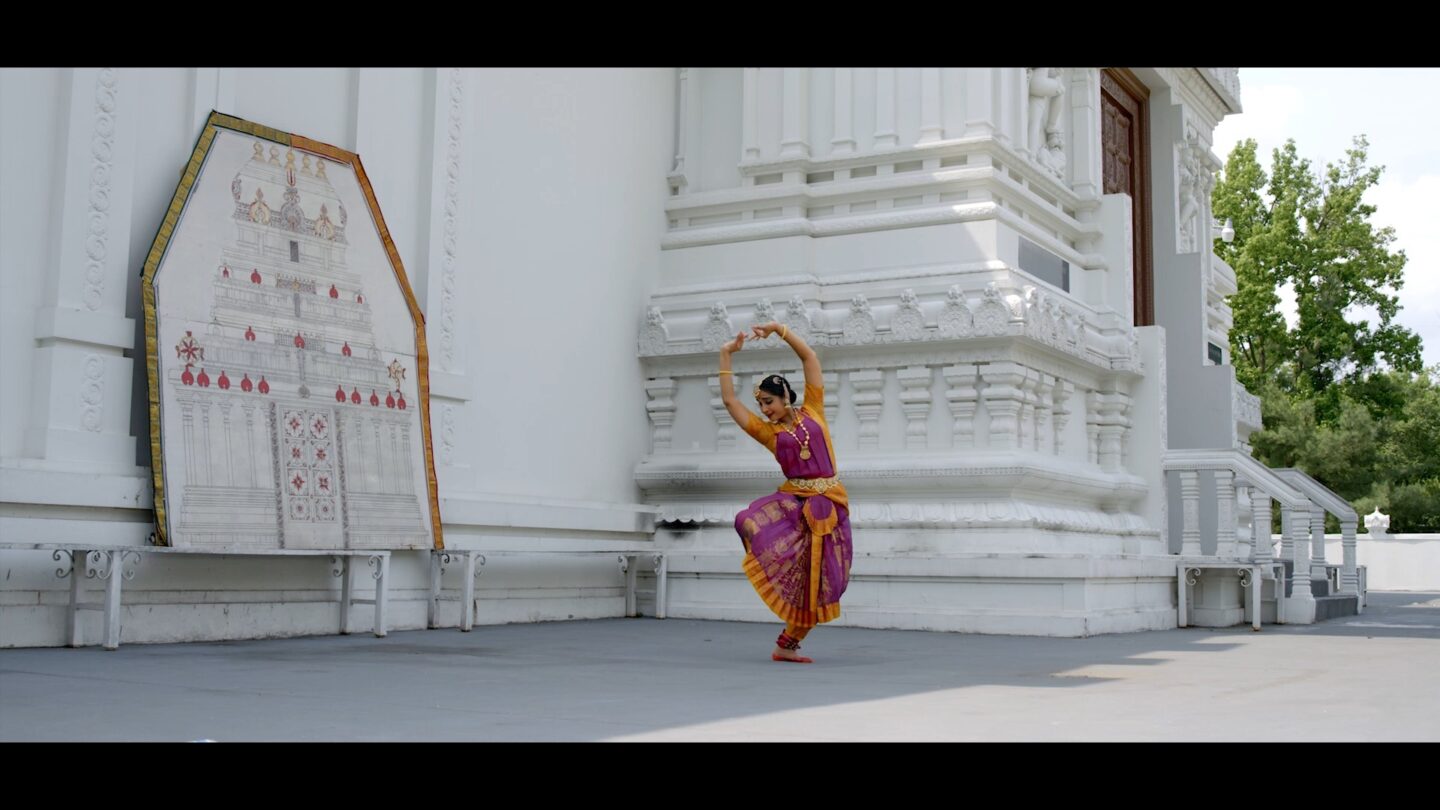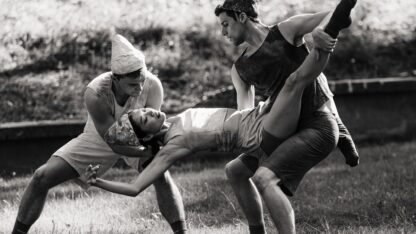New film 'Dancing Joy' features dancers worldwide performing to Beethoven's 'Ode to Joy'

The iconic final movement of Beethoven’s “Symphony No. 9” is known as the “Ode to Joy.” Based on the poem by Friedrich Schiller, the message is one of peace through unity for humankind, which is why the music is performed at momentous occasions such as the end of the Berlin Wall, and as the anthem of the European Union.
Now, the “Ode to Joy” serves as the backdrop to the new film “Dancing Joy.” The movie showcases dance troupes across the world, all performing to Beethoven’s celebrated symphony. The film has a screening at the Sharon Forks Library on Saturday, Nov. 12. To talk about “Dancing Joy,” the film’s producer Kate Tsubata joined “City Lights” producer Summer Evans via Zoom along with two featured dancers, Jacques Nyungura and Suhasini Muthukrishnan.
Interview highlights:
Inspired by an astonishing, spontaneous burst of collective joy:
“The idea first came in 2005 when I was traveling in Israel and we were at the Dead Sea,” recalled Tsubata. “In a spontaneous moment, someone turned on some music, and a group of us started dancing, and everyone in the parking lot all started dancing together. Hundreds of people from different countries spontaneously began dancing. And when I saw this, I thought, ‘This is what world peace looks like.’ And I decided we had to make a movie that showed and gave people this kind of an experience.”
“This was the only piece of music I could think of that had the universal message of all mankind. Beethoven overcame his own struggles with deafness to create this music and I believe it really contains the longing of all humanity to live in joy,” said Tsubata.
A feat of global outreach, coordination and peacemaking:
“A typical movie can have a three-month pre-production period. Our film had about a nine-month pre-production period. We reached every single embassy in Washington, D.C. We reached out to dance troupes around the world through the United Nations International Council on Dance, all kinds of people to find dancers that not only were connected to the authentic dance tradition of their culture but who had a vision for humanity and a vision for peace,” Tsubata explained.
“One of the reasons that we chose Jacques and we chose Suhasini is because they both have had a long history of dancing for peace. Jacques has been using dance as a way of bringing healing and forgiveness from the Rwandan genocide and the tremendous suffering of his people. Suhasini has performed workshops in Harvard Divinity School and Hawaii and many other places to show people how they can use dance to build peace and reconciliation between people.”
On the Rwandan and South Indian Bharatanatyam dance interpretations:
“If you see how the ladies dance, it’s like they’re using their arms as a cow’s horn,” said Nyungura. “So when the men dancing is like a warrior dance, so we have a spear, we have a shell. So just to protect us [from] something coming to hit us, and then it is just a war dance.” He later added, “I need to do something to bring joy in people. People need joy. If it’s something that’s going to benefit people, I have to do it. So in me I will say that I have done something to make people love, to give people joy.”
“This particular classical dance form, which is called the Bharatanatyam, it has three core elements in it — the emotions, which is called bhavam; the raga, melody part; the rhythm, tala. So all three elements [are in] confluence together to make it the art form it is today. So the history of the art form goes way beyond 200 years, or even more than that,” explained Muthukrishnan. “It makes it very interesting to dance, and for the audience to really enjoy this art form. It mainly focuses on communicating the history, good moral values, the culture, the temple architecture, the literature, the poetry, everything under one roof.”
The Sharon Forks Library will screen “Dancing Joy” on Saturday, Nov. 12. More information is available at www.forsythpl.org/event/7214605.








